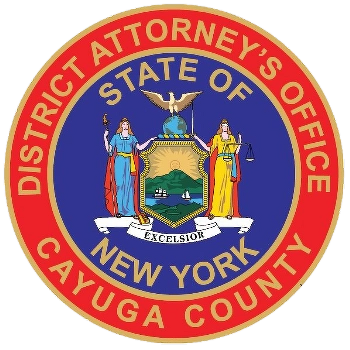Community Accountability Board
CAB provides an alternative to the traditional criminal justice responses and focuses on repairing the damages to victims of crime, including the community. Our focus is on juvenile individuals charged with crimes between the ages of 18-25. CAB provides an opportunity for offenders to complete specific activities designed to restore the victim and repair the harm done to the community. The goal is for the offender to learn about the impact of their offenses in the hopes that they will not re-offend.
Questions: Contact Bill Berry at 315-515-7970 or email him at wberry@cayugacounty.us
Who Does the Board Serve?
CAB is an alternative sentencing option for non-violent, quality of life offenses. The Board was created to give the community a voice in the criminal justice process. It provides an opportunity for concerned citizens to address offenders who commit quality of life offenses in their community. The community and the offender create a reparative agreement that details specific activities the offender will complete to repair the harm that was caused.
How Does the Board Work?
An offender’s participation must be deemed appropriate by the Judge, Assistant District Attorney and defense attorney. If approved, the offender must sign an Agreement and then follow up with the Juvenile Community Accountability Board/Team to begin the process. Offenders are fully explained the CAB process prior to signing the agreement.
CAB is a 3-Step Process
Step 1: Intake Meting
-
The offender must immediately contact the CAB Board to schedule an intake meeting.
-
During the intake meeting the offender is fully explained the CAB process.
-
The offender provides basic information.
-
The offender’s board meeting is scheduled for a date in the near future.
-
The intake meeting is roughly 15 minutes in length.
Step 2: Board Meeting
-
The offender appears before a group of community members to discuss the offense.
-
The offender must take responsibility for the harm done to the community.
-
The board and offender come up with a Reparative Agreement, with the purpose of repairing the harm to the community.
Step 3: Exit Interview
-
A follow up meeting before the Board takes place within one month after the initial meeting.
-
The offender discussed their experience within the process.
-
The offender submits proof of completion of the tasks agreed to.
If the offender complies with all steps in the process, a letter of successful completion is sent to the Court. The offender will be required to appear before Judge Thurston to impose an appropriate sentence. Failure to comply with the steps, as well as unwillingness to do so will result in a letter of unsuccessful completion.
